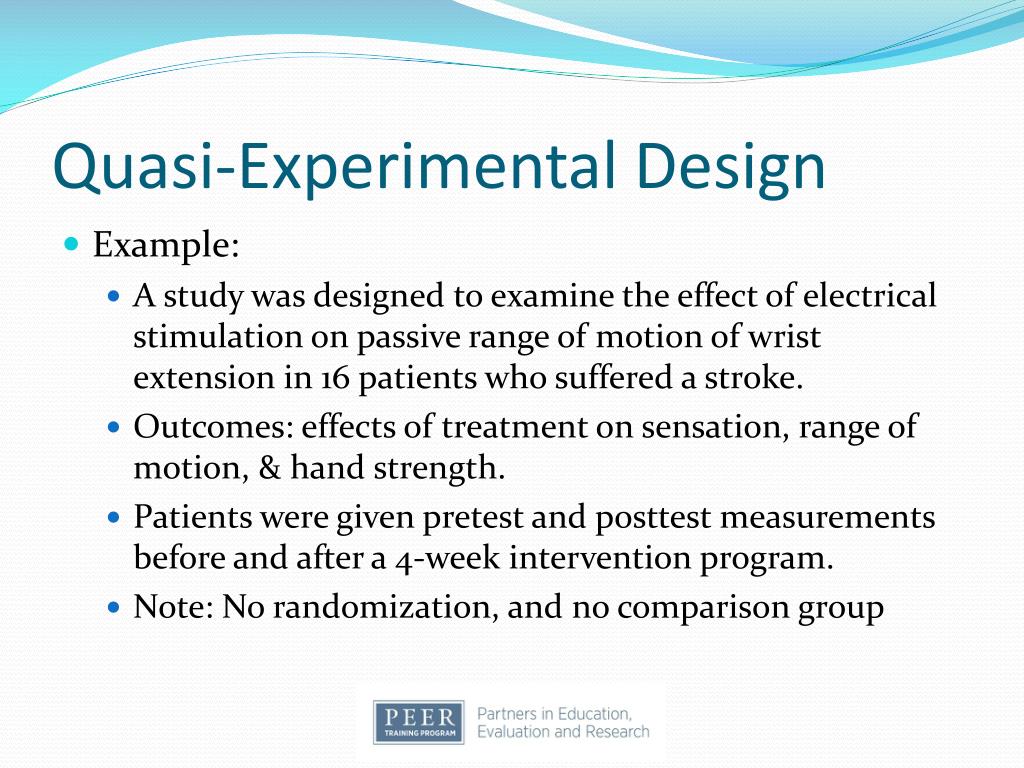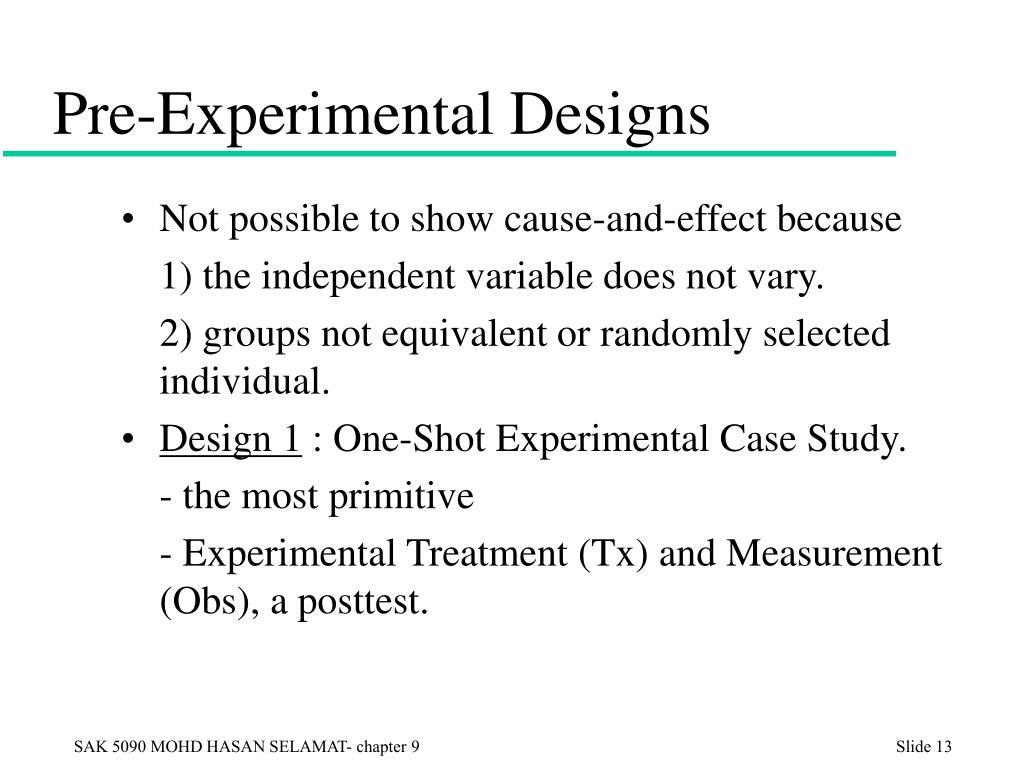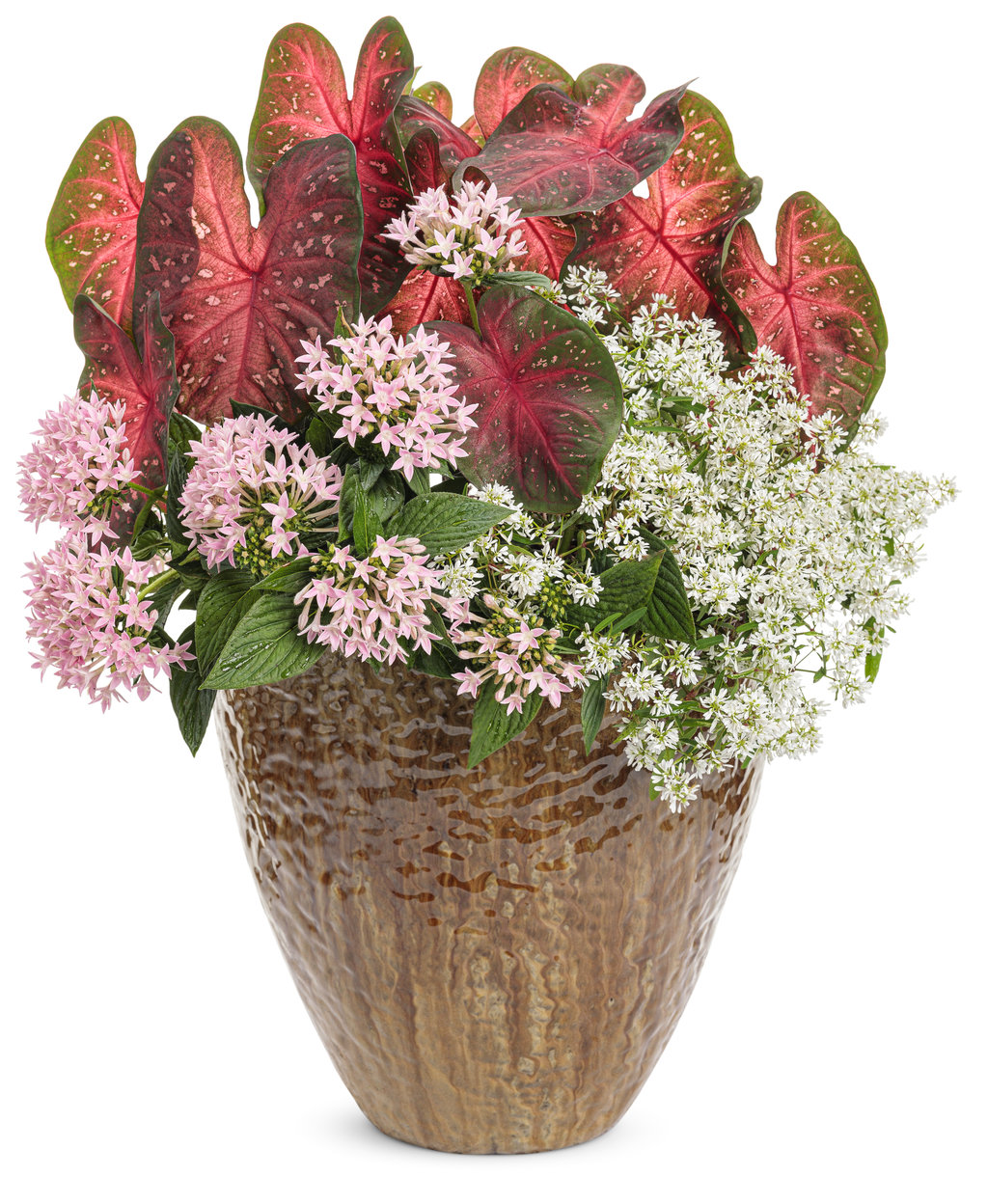Table Of Content

If you take one path and find a treasure chest, you might decide to continue in that direction. If you hit a dead end, you might backtrack and try a different route. Sequential Design operates in a similar fashion, allowing researchers to make decisions at different stages based on what they've learned so far. Imagine you're trying out a new gardening technique, but you're not sure how well it will work.
Adaptive Designs
How Does Experimental Psychology Study Behavior? - Verywell Mind
How Does Experimental Psychology Study Behavior?.
Posted: Thu, 04 Jan 2024 08:00:00 GMT [source]
This structure requires the researcher to divide participants into two random groups. One group receives no stimuli and acts as a control while the other group experiences stimuli. This method includes two or more groups, enabling the researcher to use one group as a control. Experimental research enables researchers to conduct studies that provide specific, definitive answers to questions and hypotheses.
Creating Factorial DOE
Developmental Psychology Research Methods - Verywell Mind
Developmental Psychology Research Methods.
Posted: Wed, 01 Nov 2023 07:00:00 GMT [source]
For most scenarios, however, near-optimal designs are adequate and not hard to obtain. Experiments across all industries and research realms provide scientists, developers, and other researchers with definitive answers. These experiments can solve problems, create inventions, and heal illnesses.
Evaluation of Teaching Method
Please note that our video lesson will not focus on quasi-experiments. A quasi experimental design lacks random assignments; therefore, the independent variable can be manipulated prior to measuring the dependent variable, which may lead to confounding. For the sake of our lesson, and all future lessons, we will be using research methods where random sampling and experimental designs are used. In a factorial design, participants are randomly assigned to one of several groups, each of which receives a different combination of two or more independent variables.
Pre-test post-test control group design:
For example, suppose that you have a reactor and want to study the effect of temperature, concentration and pressure on multiple outputs. In order to minimize the number of experiments that you would have to perform, you can utilize factorial design. This will allow you to determine the effects of temperature and pressure while saving money on performing unnecessary experiments. The interaction effects situation is the last outcome that can be detected using factorial design. When 40 year olds, however, are given a 5 mg pill or a 10 mg pill, 15% suffer from seizures at both of these dosages. There is an increasing chance of suffering from a seizure at higher doses for 20 year olds, but no difference in suffering from seizures for 40 year olds.

Typically, the control group is given something called a placebo, a substance designed to resemble medicine but does not contain an active drug component. A placebo is a dummy treatment, and should not have a physical effect on a person. An observational study is one in which investigators merely measure variables of interest without influencing the subjects. Sometimes, recruiting a sample of people to randomly assign may be difficult. While experimental research might be the right choice for some studies, certain conditions could render experiments useless or even dangerous. Quasi-experimental research is more common in educational studies, nursing, or other research projects where it's not ethical or practical to use randomized subject groups.
Experimental Design Examples (Methods + Types)
Using fertilizer A and 500 mL of water resulted in the largest plant, while fertilizer A and 350 mL gave the smallest plant. Fertilizer B and 350 mL gave the second largest plant, and fertilizer B and 500 mL gave the second smallest plant. There is clearly an interaction due to the amount of water used and the fertilizer present. Perhaps each fertilizer is most effective with a certain amount of water. In any case, your mom has to consider both the fertilizer type and amount of water provided to the plants when determining the proper growing conditions.
Best Practices for Conducting Market Research with Survey Software
When a treatment is repeated under the same experimental conditions, any difference in the response from prior responses for the same treatment is due to random errors. If the variation in random errors is relatively small compared to the total variation in the response, we would have evidence for treatment effect. Experimental research examples are different, depending on the type of experimental research design that is being considered. The most basic example of experimental research is laboratory experiments, which may differ in nature depending on the subject of research. For example, imagine we want to study if walking daily improved blood pressure. When subjects are divided into control groups and treatment groups randomly, we can use probability to predict the differences we expect to observe.
Experimental Research Design — 6 mistakes you should never make!
It is a modification of the post-test control group design with an additional test carried out before the implementation of the experimental methodology. Further, it becomes easier for future researchers conducting studies around the same subject to get a grasp of prior takes on the same and replicate its results to supplement their own research. Make plots to determine the main or interaction effects of each factor. However, the Normal Plot displays whether the effect of the factor is positive or negative on the response.
Next up is Sequential Design, the dynamic and flexible member of our experimental design family. In terms of applications, Stepped Wedge Designs are commonly used in public health initiatives, organizational changes in healthcare settings, and social policy trials. They are particularly useful in situations where an intervention is being rolled out gradually and it's important to understand its impacts at each stage.
In a between-subjects design, every participant experiences only one condition, and researchers assess group differences between participants in various conditions. A confounding variable is related to both the supposed cause and the supposed effect of the study. It can be difficult to separate the true effect of the independent variable from the effect of the confounding variable. How you manipulate the independent variable can affect the experiment’s external validity – that is, the extent to which the results can be generalised and applied to the broader world.
It's like rolling out a new policy in phases, monitoring its impact at each stage before extending it to more people. Now let's turn our attention to Covariate Adaptive Randomization, which you can think of as the "matchmaker" of experimental designs. A well-known example of Crossover Design is in studies that look at the effects of different types of diets—like low-carb vs. low-fat diets. Researchers might have participants follow a low-carb diet for a few weeks, then switch them to a low-fat diet.

No comments:
Post a Comment